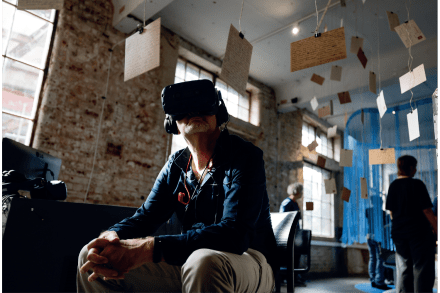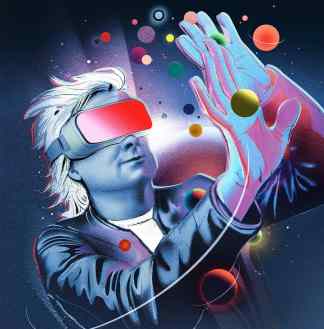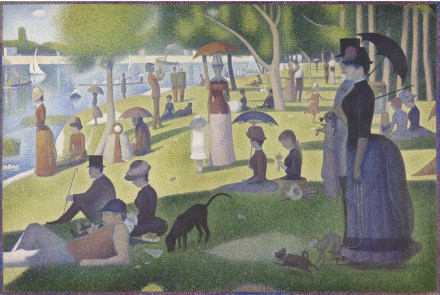Heart of Darkness revisited: The Dimensions of a Cave, by Greg Jackson, reviewed
When Joseph Conrad sent his narrator into the heart of darkness, Africa was unknown territory. Revisiting the scene now, Greg Jackson dispatches his explorer to an even stranger destination: an algorithmic universe. Jackson, a Granta Best of Young American Novelists in 2017, won prizes with his story collection Prodigals. His debut novel, The Dimensions of a Cave, could hardly be better timed. New fears about AI give it disquieting relevance. Conspiracy theories mingle with deep state corruption. Gradually it grows into a Chandleresque adventure: down these mean cyber streets a man must go. Dropped into the thick of it, the reader might get the feeling of arriving late at a





